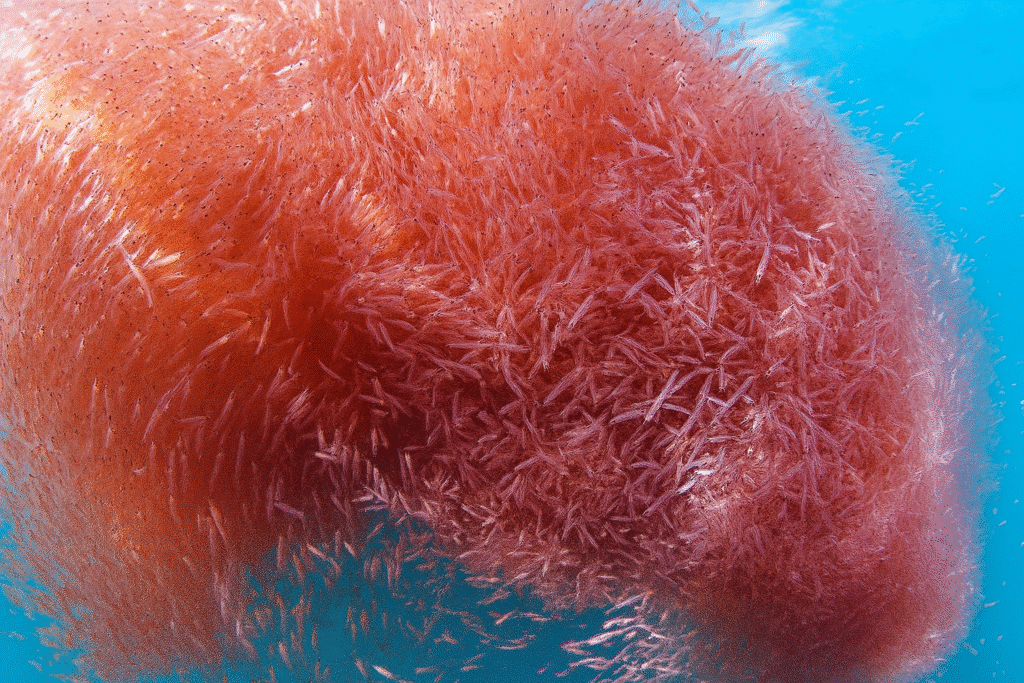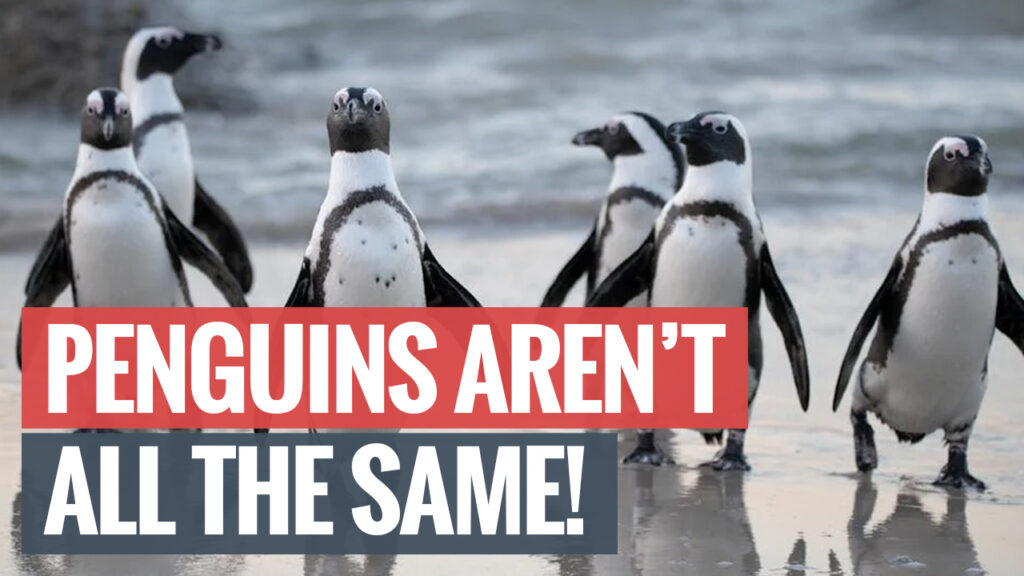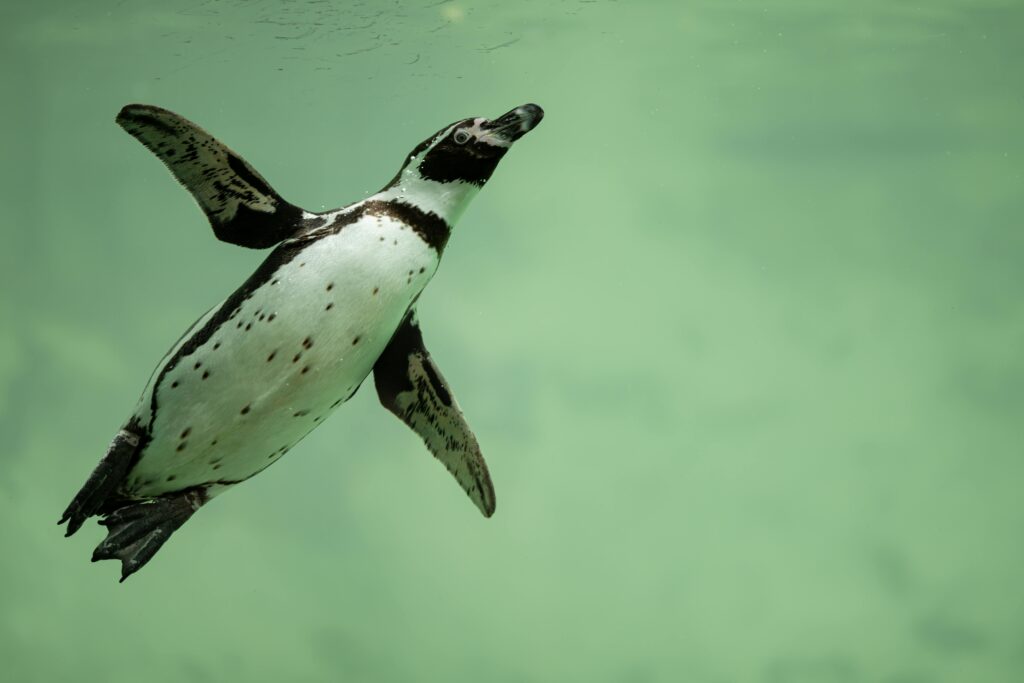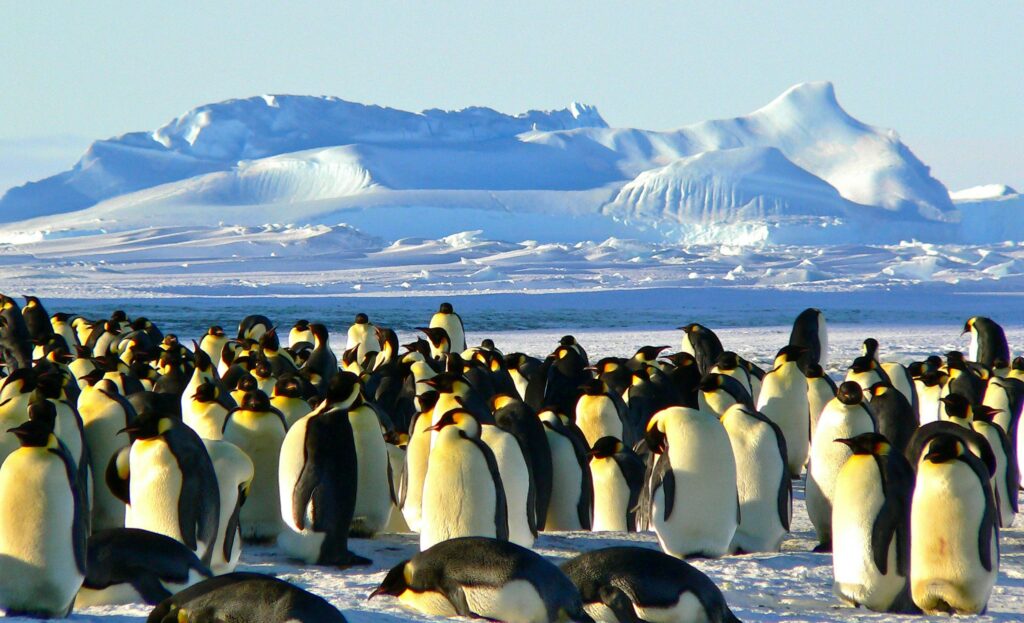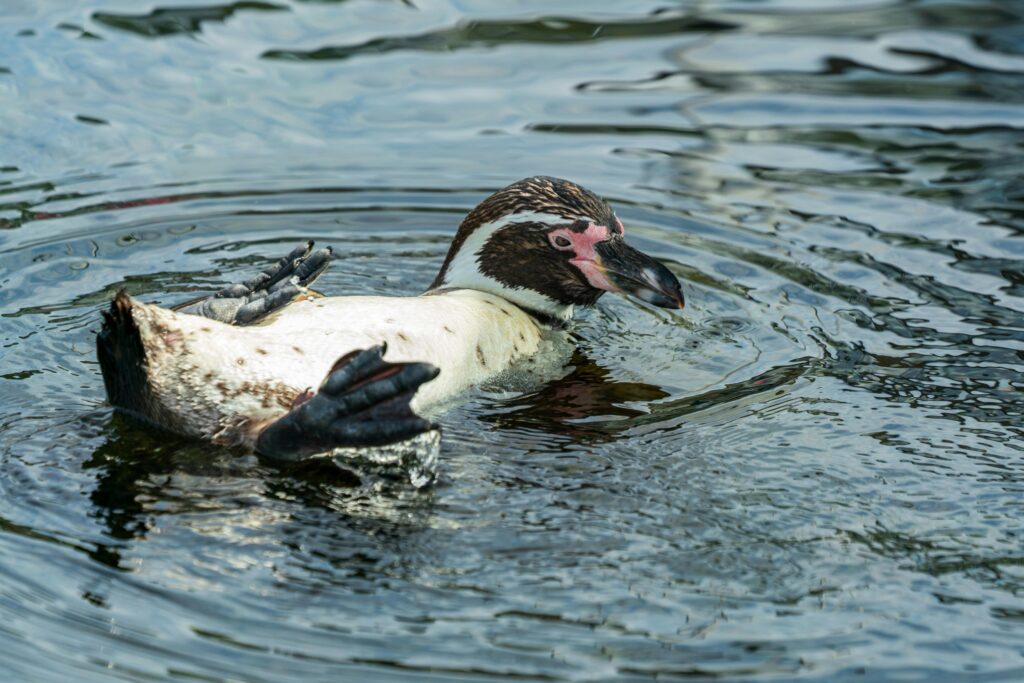A Deep Dive into Their Diet and Masterful Hunting Techniques
Introduction: More Than Just a Fish Dinner 🐧
When we picture a penguin eating, most of us imagine a sleek black-and-white bird snatching a silver fish from icy water. While not entirely wrong, that’s merely the appetizer in an extraordinary, complex banquet that stretches across the Southern Hemisphere.
A penguin’s diet tells the story of millions of years of evolution—of resilience, precision, and adaptation to the ocean’s rhythm. From tiny krill to slippery squid, their meals are as diverse as their habitats. Today, we’ll dive beneath the waves to uncover what’s truly on the penguin’s menu, how these seabirds hunt with stunning mastery, and how climate change is rewriting their dinner plans. 🌊
The Foundation of the Feast: Understanding the Penguin Menu
Penguins primarily consume three categories of prey: crustaceans (like krill), cephalopods (like squid), and small fish. Each species has developed a preference that reduces competition in overlapping habitats—a perfect example of nature’s balance.
In Antarctica, for instance, Adélie penguins thrive on krill, while Emperor penguins pursue fish and squid. This dietary specialization allows several species to coexist harmoniously.
Curious how penguin species share their habitats?
Explore our detailed guide on penguin environments.
1. The Krill Specialists: Fueling the Antarctic Engine
For many Antarctic penguins, the humble Antarctic krill (Euphausia superba) reigns supreme. These shrimp-like creatures form enormous swarms that fuel the entire Southern Ocean ecosystem.
- Adélie Penguins (Pygoscelis adeliae):
According to a 2024 study by the Australian Antarctic Division, krill make up over 90% of an Adélie’s diet during breeding season. Their reproductive timing aligns precisely with seasonal krill blooms. - Chinstrap Penguins (Pygoscelis antarcticus):
Similarly dependent on krill, they dive at slightly different depths and times than Adélies—nature’s elegant way of avoiding direct competition.
Krill are dense in protein and lipids, providing essential energy for surviving freezing winters, raising chicks, and molting.
2. The Fish Connoisseurs: A More Diverse Palate
Outside the krill-rich Antarctic waters, many species have become adept fish hunters, adjusting their diets to local prey.
- Gentoo Penguins (Pygoscelis papua):
Flexible and opportunistic, Gentoos eat krill, squid, and especially Antarctic silverfish. A 2023 study in Marine Ecology Progress Series found that this adaptability explains why Gentoo populations are expanding even as krill specialists decline. - African Penguins (Spheniscus demersus):
These temperate penguins feed mainly on sardines and anchovies. Their survival depends on healthy fish stocks—a fact emphasized by SANCCOB, which documents how overfishing threatens their colonies.
3. The Squid Seekers: Masters of the Deep
Squid are fast and elusive, found in deeper waters where only the most capable divers can reach.
- Emperor Penguins (Aptenodytes forsteri):
The deepest divers of all penguins, Emperors reach over 500 m (1,640 ft) and hold their breath for more than 20 minutes. A 2025 Scientific American report using bio-logging revealed squid as a crucial winter food source when other prey vanish. - King Penguins (Aptenodytes patagonicus):
These royal hunters feed on squid and myctophid lanternfish in the rich waters of the Antarctic Polar Front.
The Art of the Hunt: Penguin Predatory Prowess
Penguins aren’t merely good swimmers—they’re precision predators, armed with specialized anatomy and tactics fine-tuned by evolution.
Physiological Superpowers: Built for the Chase
Scientists suggest that a penguin’s body is a marvel of hydrodynamic design.
- Streamlined Body: Torpedo shape reduces drag, boosting underwater speed.
- Powerful Flippers: Modified wings act as twin propellers, generating thrust on both strokes.
- Advanced Vision: A 2023 study in The Journal of Experimental Biology showed penguin eyes are adapted to blue-green ocean light, allowing them to detect prey even in dim conditions.
- Specialized Beaks: Krill-eaters like Adélies have short, sturdy beaks, while fish-hunters like Gentoos use longer, slender ones. Tiny backward-pointing spines inside their mouths prevent prey escape.
- Salt Gland Adaptation: A supraorbital gland filters excess salt, letting penguins safely drink seawater while hunting.
Masterful Techniques: Strategies of the Deep
- Bubble Netting: Documented by BBC Earth, Emperor penguins release air bubbles while rising, startling fish into confusion—an underwater ambush in motion.
- Cooperative Hunting: African and Humboldt penguins herd fish into dense bait balls, showing surprising teamwork.
- Ambush vs. Pursuit: Gentoos can sprint underwater at 36 km/h (22 mph)—the fastest among penguins—while others lurk near kelp beds before striking.
A Shifting Menu: The Looming Threat of Climate Change
For millennia, penguins perfected their feeding patterns. Today, the ocean is shifting faster than they can adapt.
The Krill Crisis
Melting sea ice is decimating krill nurseries. The British Antarctic Survey’s 2024 report linked sea-ice loss directly to krill decline.
As a result, some Adélie colonies have dropped by 65% in 25 years (WWF data). Penguins now travel farther and dive deeper, burning precious energy to find food.
The Fish Are Moving
Warming waters and industrial fishing devastate African penguins. Sardine and anchovy schools are shifting eastward, leaving breeding colonies stranded.
A 2025 paper in Science described this as an “ecological trap”—penguins return instinctively to old nesting sites, but their food is gone. Populations have plunged 70% in the past decade.
The Rise of the Generalist
Not all penguins are losing. The adaptable Gentoo penguin is thriving in newly ice-free regions, switching between krill, fish, and squid as needed. Their flexibility may define the survivors of tomorrow’s changing seas.
Conclusion: A Banquet at a Crossroads 💡
The diet of a penguin is more than a menu—it’s a survival strategy and a mirror of ocean health. From krill-powered Adélies to fish-chasing Africans, each species plays a vital ecological role in this grand banquet of life.
But that banquet is now at a crossroads. As climate change reshapes the seas, penguins must adapt or starve. Their struggle reflects our planet’s own story—a reminder that protecting penguins means protecting the ocean itself.
By supporting sustainable fisheries, reducing carbon emissions, and creating marine protected areas, we ensure the penguin’s banquet continues for generations to come. 🐧❤️
